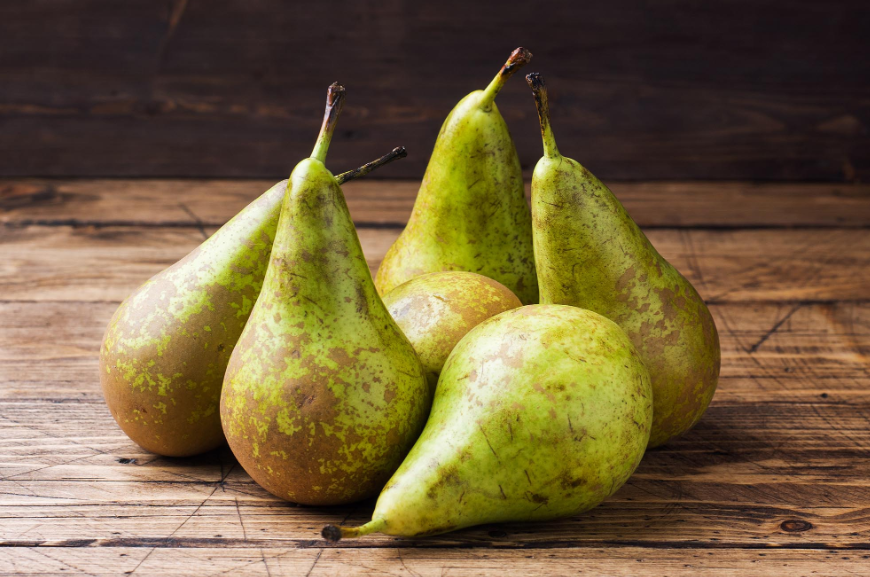Do you what is the Dominica National Fruit? When you think of Dominica, the Nature Isle of the Caribbean, lush rainforests, pristine beaches, and vibrant culture might come to mind. But did you know that this captivating island also boasts a national fruit? In this article, we will delve into the delightful world of Carambola, Dominica’s national fruit. From its origins to its nutritional benefits, and even some mouthwatering recipes, we’ll explore everything you need to know about this exotic fruit.
Dominica National Fruit: The History
A Tropical Star’s Roots
Carambola, scientifically known as Averrhoa carambola, is native to Southeast Asia, but it found its second home in the Caribbean, including Dominica. Introduced to the island centuries ago, it has become an integral part of Dominica’s agricultural landscape.
Cultural Significance
Carambola holds a special place in Dominican culture. It’s not just a fruit; it’s a symbol of local pride and identity. The fruit’s star-like shape adorns the national flag, showcasing its cultural significance.
Dominica National Fruit: Nutritional Powerhouse
A Vitamin C Boost
One of the standout features of Carambola is its impressive vitamin C content. This nutrient is vital for a robust immune system and healthy skin, making Carambola a natural source of wellness.
Low in Calories, High in Fiber
For those watching their waistlines, Carambola is a guilt-free treat. It’s low in calories but rich in dietary fiber, aiding digestion and promoting a feeling of fullness.
Antioxidant Rich
Carambola also boasts antioxidants like flavonoids and polyphenols. These compounds combat oxidative stress, reducing the risk of chronic diseases.
Culinary Delights
Fresh and Crispy
Carambola is enjoyed in various ways on the island. Many Dominicans prefer to eat it fresh and crispy. Its unique blend of sweet and tangy flavors is a delightful sensation for the taste buds.
Carambola Smoothies
Blend Carambola with yogurt and a hint of honey to create a refreshing and nutritious smoothie. It’s a popular choice for breakfast or a midday snack.
Exquisite Desserts
Carambola can be the star ingredient in desserts like tarts, sorbets, and pies. Its natural sweetness elevates these treats to a whole new level of deliciousness.
FAQs about Dominica National Fruit
1. Is Carambola only found in Dominica?
No, Carambola is grown in many tropical regions, but Dominica holds it as its national fruit.
2. Can you eat the skin of Carambola?
Yes, the skin is edible and adds an extra crunch to the fruit.
3. Are there different varieties of Carambola?
Yes, there are two main varieties: sweet and sour. The sweet variety is most commonly enjoyed in Dominica.
4. What’s the best time to harvest Carambola?
Carambola is best harvested when it’s bright yellow and slightly firm.
5. How can I incorporate Carambola into my diet?
You can eat it fresh, add it to salads, or use it as a garnish for various dishes. It’s versatile and delicious!
Conclusion
In conclusion, Carambola, Dominica’s national fruit, is not just a symbol; it’s a flavorful and nutritious delight. Packed with vitamins, low in calories, and versatile in the kitchen, it’s no wonder Dominicans take pride in this tropical gem. So, the next time you visit Dominica, be sure to savor the star-shaped wonder, and experience the essence of this beautiful island.
References
- Morton, J. F. (1987). “Carambola Averrhoa carambola.” In Fruits of warm climates (pp. 51-55). Julia F. Morton.
This source provides historical information about the introduction of Carambola to the Caribbean, including Dominica.
- National Geographic. (n.d.). “Carambola (Starfruit).” National Geographic Society.
National Geographic offers insights into the cultural significance of Carambola in Dominica and its presence on the national flag.
- USDA Food Database. (n.d.). “Starfruit, raw.” United States Department of Agriculture.
This reference can be used to provide specific nutritional information about Carambola, including its vitamin C content.

